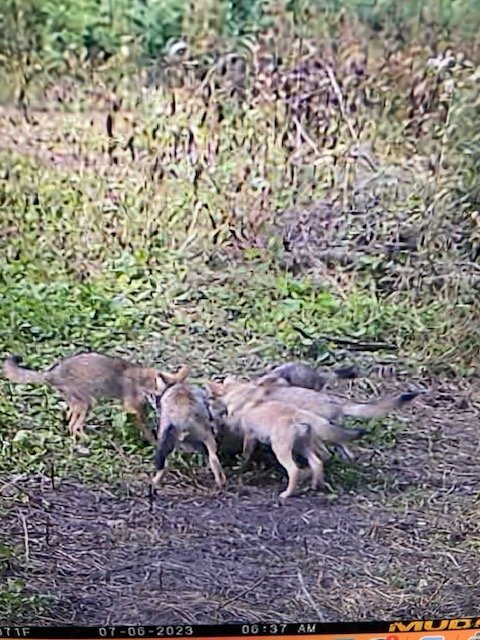BrentD
Well-known member
That is pretty much the story as I know it.This is a pretty well-researched phenomenon. It's certainly real, but the exact reasons are still argued; it's some mixture of the following:
When the local coyote population declines,
1) litter sizes get bigger
2) subordinate ("beta") females that wouldn't normally breed go into estrus
3) increased pup survival rates
4) birth of pups from subordinate females that otherwise would have been resorbed (some research indicates that many subordinate females actually DO breed regularly, but they resorb many of the embryos/ fetuses; a population drop kicks in a hormonal signal to instead bring those fetuses to term)
This does not seem to be happening to Montana wolves, however. Which is a little surprising.







